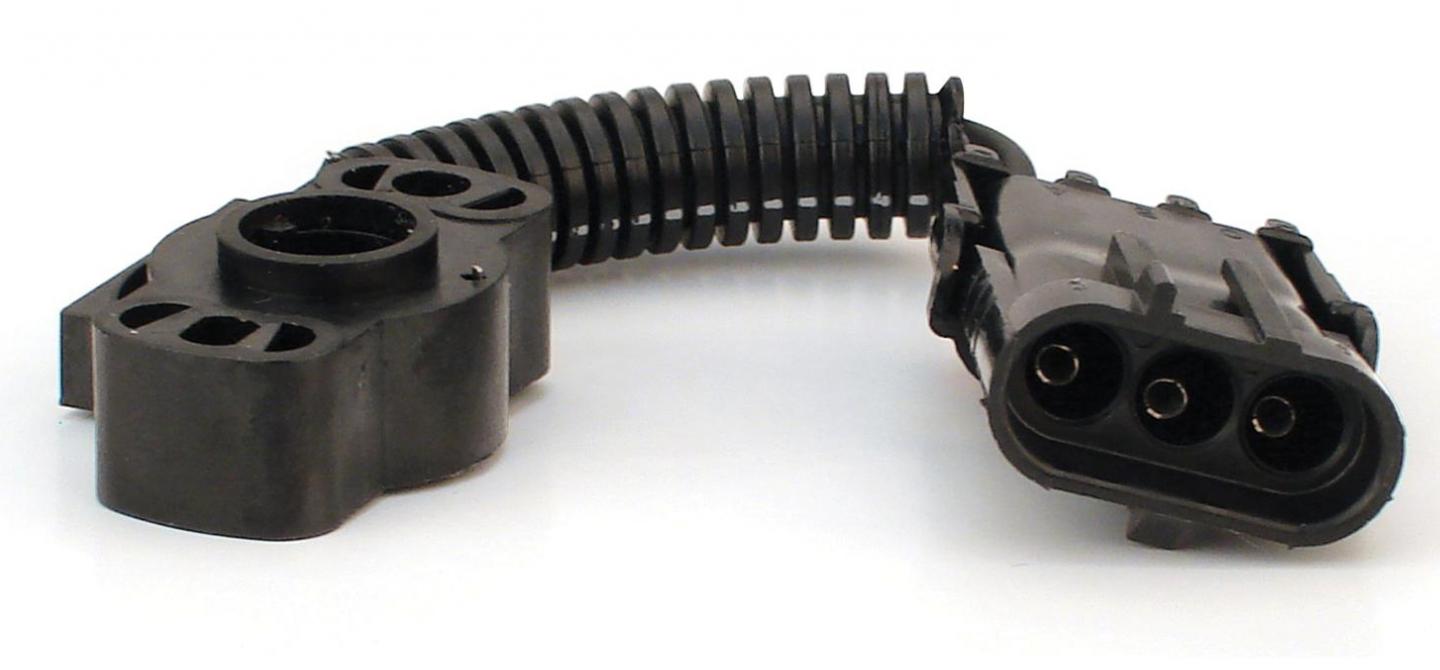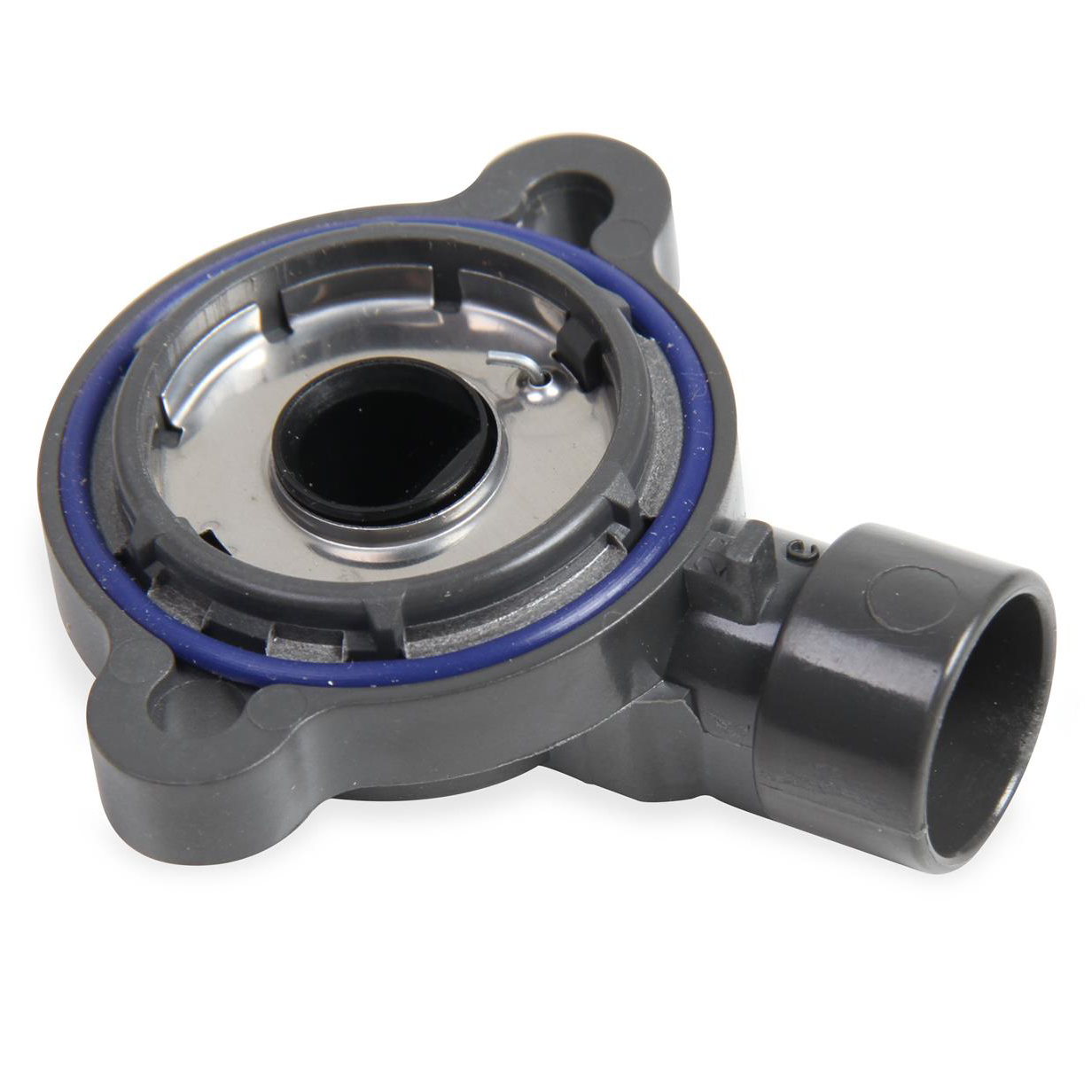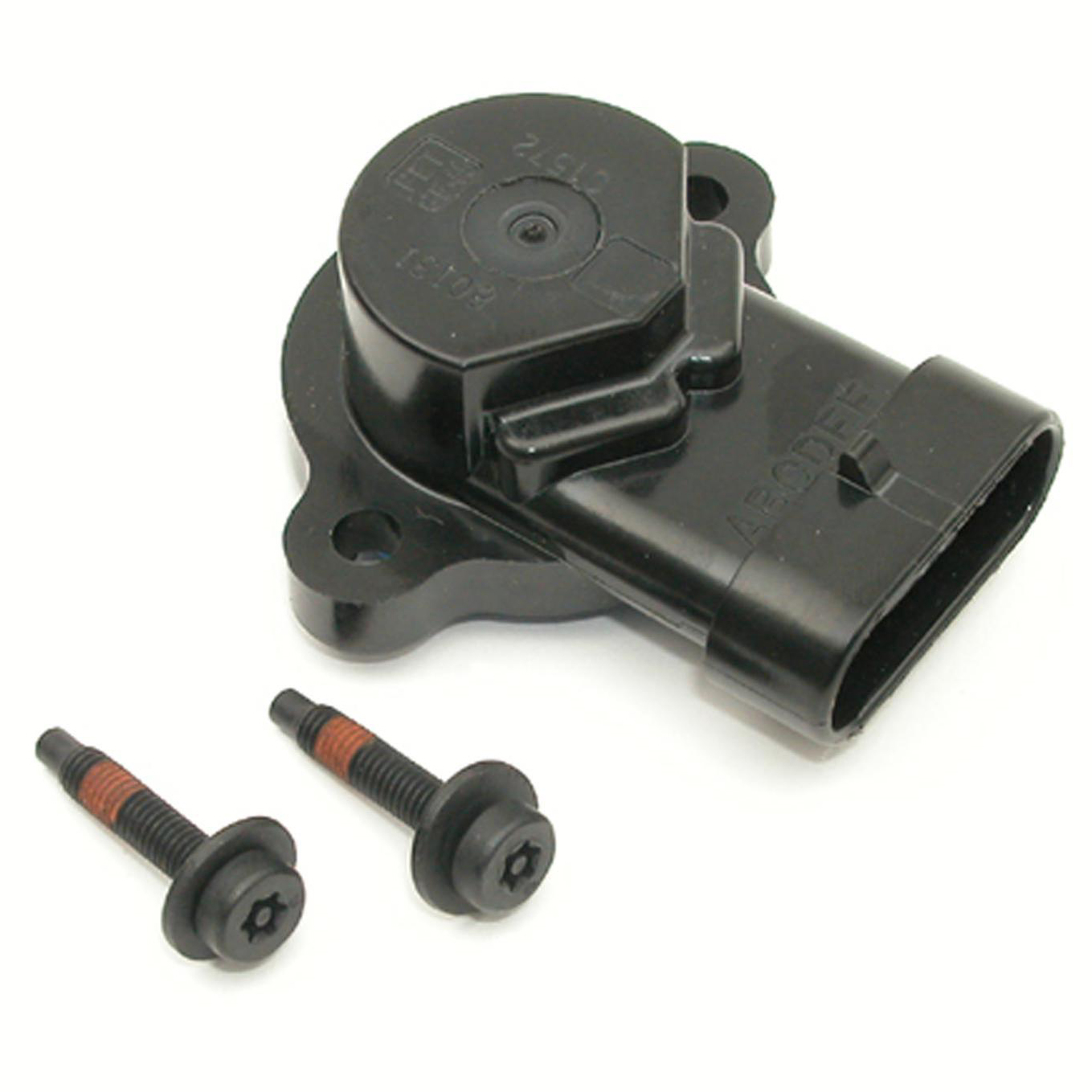One of the chief complaints coming from the carburetor camp is that EFI systems are too complicated. Besides the software itself, all of the associated sensors can be overwhelming to the uninitiated. However, it doesn’t have to be complicated, and to that end, Ben Strader of EFI University is setting out to explain the role of the Throttle Position Sensor — or TPS.
Strader points out that the TPS is often blamed for problems that genuinely aren’t its fault. Part of that comes from the fact that even many familiar with EFI systems don’t truly understand the TPS’s role in the system.
“All TPS sensors basically work the same,” says Strader. “They provide a voltage signal to your computer every time you move the throttle. It knows if the throttle is closed, wide-open, and knows if it’s moving (and how fast it’s moving) in the middle. What the computer is using that signal for is to know when to use an idle strategy, or maybe when to cut off the injectors while coasting, or maybe to control wide-open throttle controls, like turning off the air conditioning compressor.”
Other than being a “switch”, more or less, the TPS does play a role in the actual tune. “[The TPS] acts like an accelerator pump. If the throttle is moving quickly, it can squirt a little extra fuel, and when the throttle is closing quickly, it can take a little fuel away,” Strader explains.
Throttle position sensors come in all shapes and sizes. Some are OEM and application-specific, while some are more universal aftermarket units. They all function in essentially the same way, translating the angle of the throttle shaft into a voltage signal which tells the ECU what the throttle blade(s) are doing.
However, Strader then drops a bombshell. “If you have a good tune and a well-running vehicle with a speed-density ECU — which are 90-percent of ECUs are programmed in these days — you could just about take that sensor out and almost not notice the difference,” says Strader.
“You’d have some small drivability issues, but my point is, these days, it seems like almost any time a car hiccups or makes a funny noise, everyone exclaims, ‘Change the TPS! It’s gotta be that!’ So rather than thinking through the problem and trying to diagnose it, we just take parts off, throw them in the bin, put new ones on and hope it works.”
Strader’s goal in this quick video is to get people to stop making the TPS the go-to whipping boy and to help everyone understand how the TPS actually works and plays into your ECU strategy. With that knowledge, you can undertake proper diagnostics when you have an issue instead of just throwing parts at the problem.

























